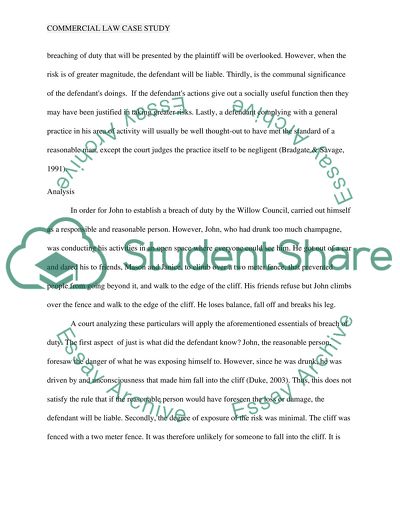Cite this document
(“Commercial law case study Example | Topics and Well Written Essays - 1750 words”, n.d.)
Commercial law case study Example | Topics and Well Written Essays - 1750 words. Retrieved from https://studentshare.org/law/1658374-commercial-law-case-study
Commercial law case study Example | Topics and Well Written Essays - 1750 words. Retrieved from https://studentshare.org/law/1658374-commercial-law-case-study
(Commercial Law Case Study Example | Topics and Well Written Essays - 1750 Words)
Commercial Law Case Study Example | Topics and Well Written Essays - 1750 Words. https://studentshare.org/law/1658374-commercial-law-case-study.
Commercial Law Case Study Example | Topics and Well Written Essays - 1750 Words. https://studentshare.org/law/1658374-commercial-law-case-study.
“Commercial Law Case Study Example | Topics and Well Written Essays - 1750 Words”, n.d. https://studentshare.org/law/1658374-commercial-law-case-study.


